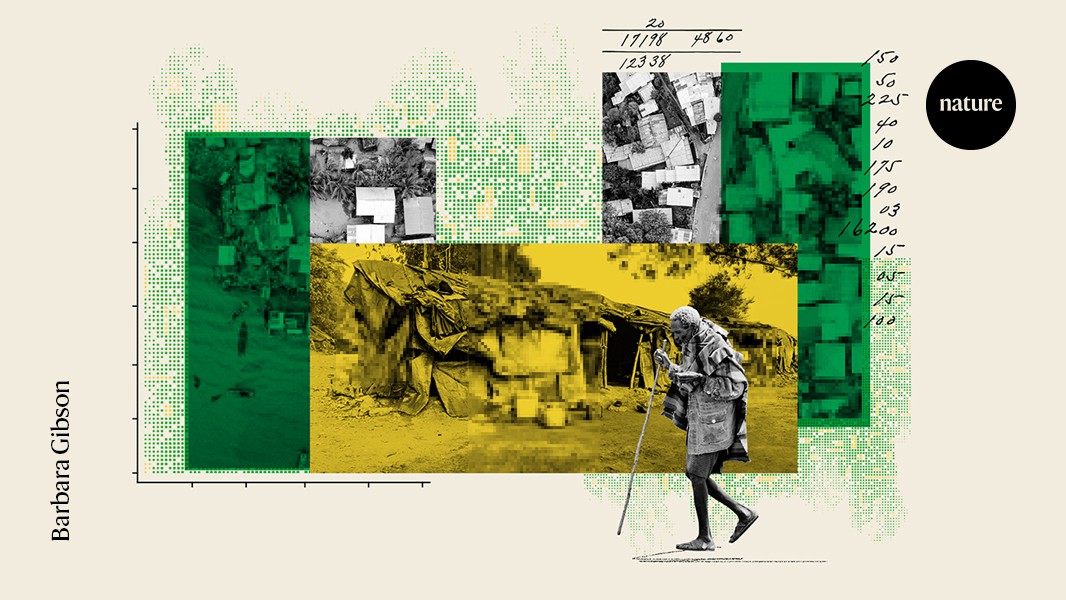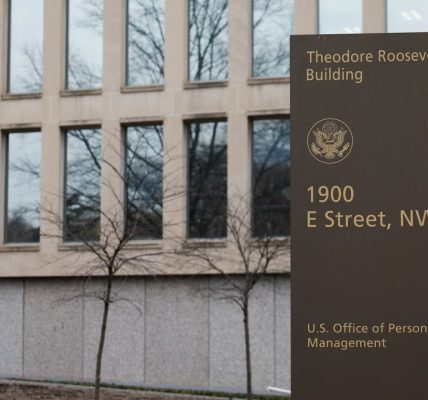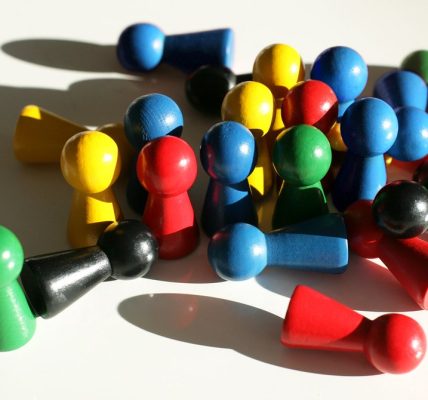Artificial Intelligence for Community Statistics: The Case of Togo During the COVID-19 Pandemic and its Implications for Humanitarian Assistance
Integrating AI with citizen data has many benefits. For one, it enables communities to have control over their own data, and that data will not be held by a third party. Accurate and well-curated citizen statistics could also improve the quality of AI tools, which often perpetuate bias or inaccuracies found in their training data. The use of AI also has the potential to speed up analysis of those data.
Of the myriad applications of artificial intelligence (AI), its use in humanitarian assistance is underappreciated. In 2020, during the COVID-19 pandemic, Togo’s government used AI tools to identify tens of thousands of households that needed money to buy food, as Nature reports in a News Feature this week. Typically, potential recipients of such payments would be identified when they apply for welfare schemes, or through household surveys of income and expenditure. But such surveys were not possible during the pandemic, and the authorities needed to find alternative means to help those in need. Researchers used machine learning to comb through satellite imagery of low-income areas in order to find eligible recipients who then received a regular payment through their phones. This was a game-changer for the country, with the use of artificial intelligence tools.
The World Bank says that 700 million people are living in extreme poverty, which means they live on less than $2 per day. One of the United Nations sustainable development goals requires an understanding of who in need and what their needs are. Measuring poverty has long been hard because of the time and cost involved in trying to collect data from the poor.
Is there a solution that could be offered by Artificial Intelligence? The short answer is, yes, although with caveats. Artificial intelligence helps communities by combining knowledge of geographical areas of need with more individual data from mobile phones. It’s a good example of how AI tools work well with granular, household-level data. Researchers are now homing in on a relatively untapped source for such information: data collected by citizen scientists, also known as community scientists. This idea deserves more attention and more funding.
Thanks to technologies such as smartphones, Wi-Fi and 4G, there has been an explosion of people in cities, towns and villages collecting, storing and analysing their own social and environmental data. Volunteers are collecting data on marine litter along the coastlines of other countries to contribute to official statistics in their country.
Data scientists argued in December that policymakers could use data in conjunction with artificial intelligence and other tools, in a Perspective article. The nature sustains. 8, 125–132, etc. In the piece, Dilek Fraisl, of the International Institute for Applied Systems Analysis in Laxenburg, Austria, and colleagues call for a partnership between AI researchers and citizen scientists.
The door could be open and the authors are pushing it. The United Nations Statistical Commission, which sets the standards for measuring official Statistics, wants more citizen scientists to contribute data so that it can be used to achieve goals such as the UN sustainable Development Goals. Hard-to-reach populations remain poorly represented in SDG progress reports, and the UN sees citizen science and citizen data as a potential solution.
A Computer Scientist’s Perspective on Poverty: A Case Study of London 1886-1923, A Study of Town Life in London, England based on Charles Booth’s 17th Birthday
AI has to be deployed in a way that maximizes benefits and mitigates or reduces risks. This is especially important when it comes to using AI that involves people who are vulnerable or living in poverty. Artificial Intelligence needs to make their lives better and not expose them to harms.
The use of old and incomplete data was a problem that was solved by the use of artificial intelligence. A computer scientist at the University of California, Berkeley who collaborated with Novissi, says it is an approach that garners both interest and controversy.
Current systems of evaluating poverty are as bad as flawed artificial intelligence. “The baseline isn’t perfect data. It’s actually very crappy data,” he says.
From 1886 to 1903, Charles Booth criss-crossed London collecting information on peoples incomes and social class. He wrote a book about the life and labour of the people in London and created a colour-coded map. English sociologist Seebohm Rowntree and his team interviewed 11,560 families in York, UK, and published the findings in a 1901 book called Poverty: A Study of Town Life. The team calculated poverty on the basis of how well a person can meet their basic needs. A sample minimal diet may include bread, porridge, boiled bacon, potatoes, and skimmed milk.
Dean Jolliff, an economist at the World Bank in Washington DC, stated that the dollar-per-day approach is easy to communicate. Poverty is not limited to the amount of money a person spends. A priest and economist advocate for a better way to define poverty. “I want to know how many poor people lack a house, how many poor people have a kid out of school, so I can actually respond in very tangible, direct ways,” says Alkire, who is the director of the Oxford Poverty and Human Development Initiative at the University of Oxford, UK.
In the early 2000s, Alkire wanted a way to capture poverty’s various affects on people. Even though someone has enough money for food, it doesn’t mean they have enough for medical care or school fees. James Foster, who was an economist at George Washington University in Washington DC, and Alkire worked together in 2008 to develop the Multidimensional Poverty Index. The approach estimates a unified measure of poverty by counting deprivations, intensity, and access to drinking water, and with a total of ten indicators including nutrition, school attendance, access to drinking water, and how a household uses cooking fuel.
As a PhD student in agricultural and resource economics, Marshall Burke was familiar with laborious data collection. Burke travelled to East Africa to learn about farming and agriculture practices, where he talked to farmers for months. But when Burke started the Environmental Change and Human Outcomes Lab at Stanford University in 2015, he wondered whether the computer revolution might offer better approaches.



